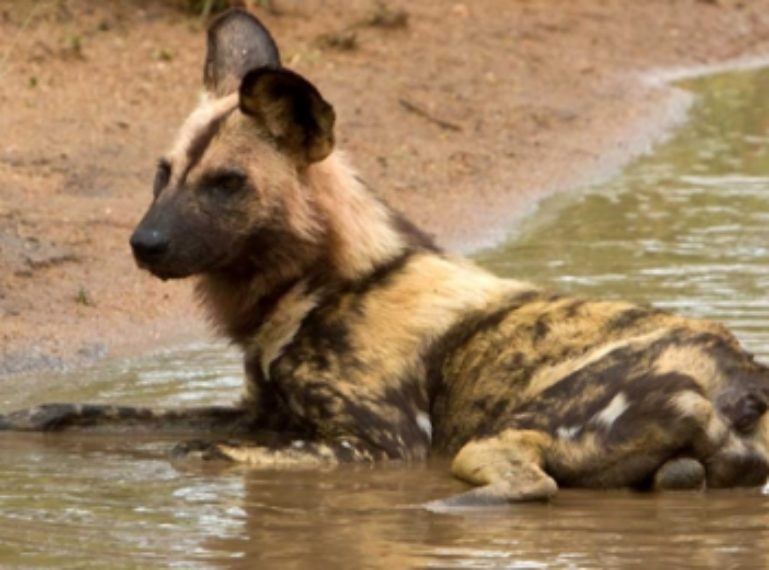
This week there have been prolific African wild dog sightings throughout the nThambo Tree Camp and Africa on Foot traverse within the Klaserie Private Nature Reserve. A pack of 32 African wild dogs made their public debut two consecutive days in a row, which pleased both rangers and guests. Jochen, our resident photographer, thinks they are the “Orpen” pack who decided to cross the reserve, stay the night and return the following morning.
When wild dogs are spotted traversing our property it is normally a solid pack of 12 dogs. Seeing the “Orpen” pack was quite an anamoly – luckily Jochen was there to capture the hive of wild dog activity on camera.
There is something innocent, graceful and majestic about the these small carnivores. Greetings between family members are always ceremonious. Their tails wag, they lower their forequarters and there is an array of high pitched vocalizations, creating quite an elaborate display. Slender bodies and mottled coats are flung about in playful antics.
The reason for such a dramatic greeting? The African wild dog is a highly evolved, social creature that travels in packs lead by a dominant male and female. They have an innate sense of community and sharing; and it’s quite a privilege to watch their greeting spectacle!
Watch this African wild dog video to witness their unique way of greeting.
The African wild dog has a narrow body which allows for speed needed to hunt prey. Their method of hunting prey begins with a slow walk which breaks into a trot and then finally a sprint as their prey flees. If the pack splits and a lone dog makes a kill, they will feast on the heart and liver; and then emit a series of calls to signal to the pack that their “dinner is served”. An African wild dog’s prey consists predominantly of antelope.
A few interesting facts about the African wild dog:
- Wild dogs move in packs (on average) between 8 – 11 adults.
- They are not solitary creatures and move around in close-knit family packs.
- If a lone dog is spotted, it is often a male who has wandered off in search of a new pack.
- There are normally two dominant leaders within the pack but the rest of the structure is weak.
- Wild dogs use aardvark burrows as dens. Pups are helpless when born and need safety from predators.
- Only the “alpha” pair in the pack breeds. The rest of the dogs provide family support and help with hunting.
And, guess what? After a week of wild dog hysteria, Jochen has just reported that a lone African wild dog was seen in the early hours of the morning. Perhaps next week we will bear witness to yet another rare occurance on our traverse.
This week we were certainly exposed to wild dogs for Africa!
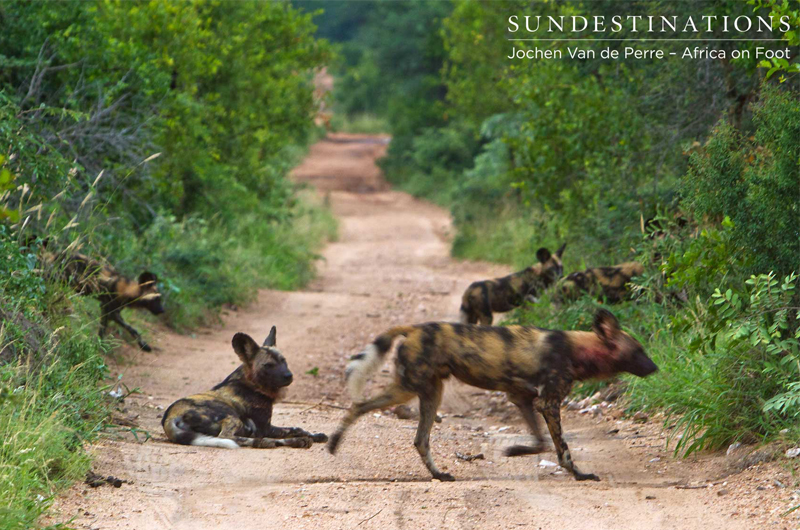
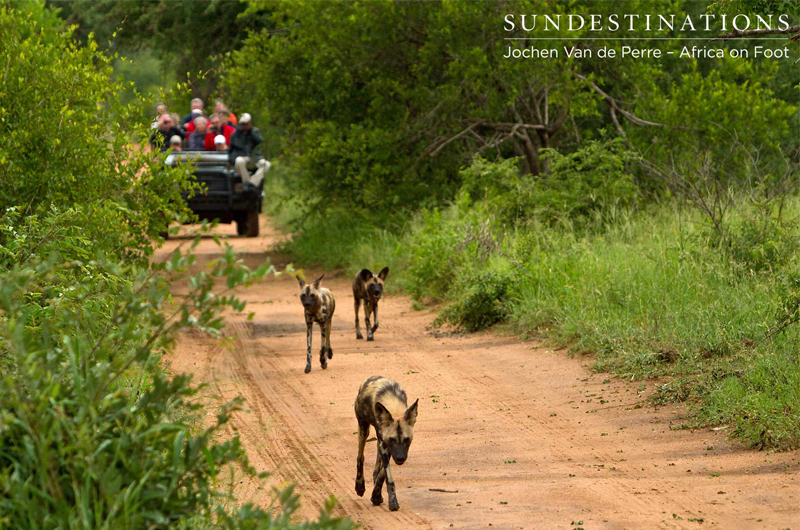
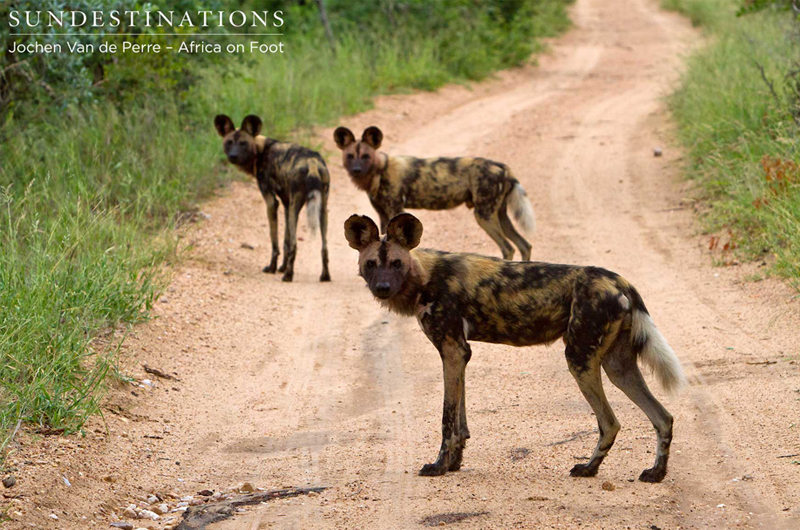
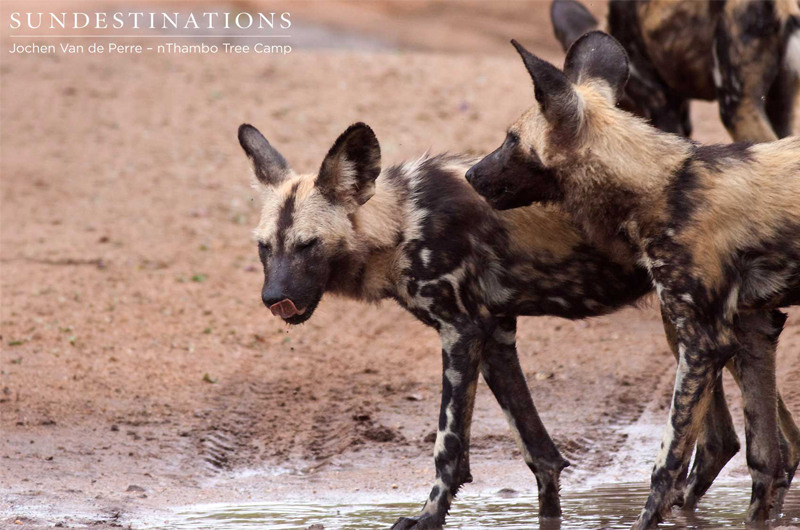
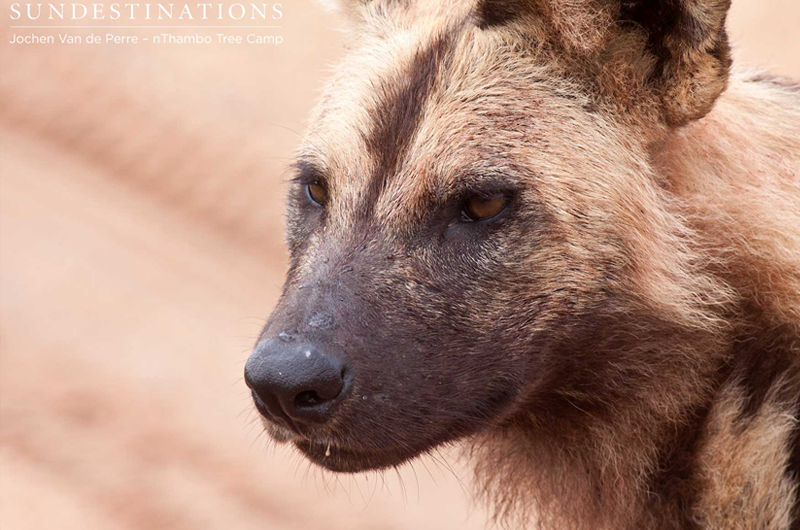
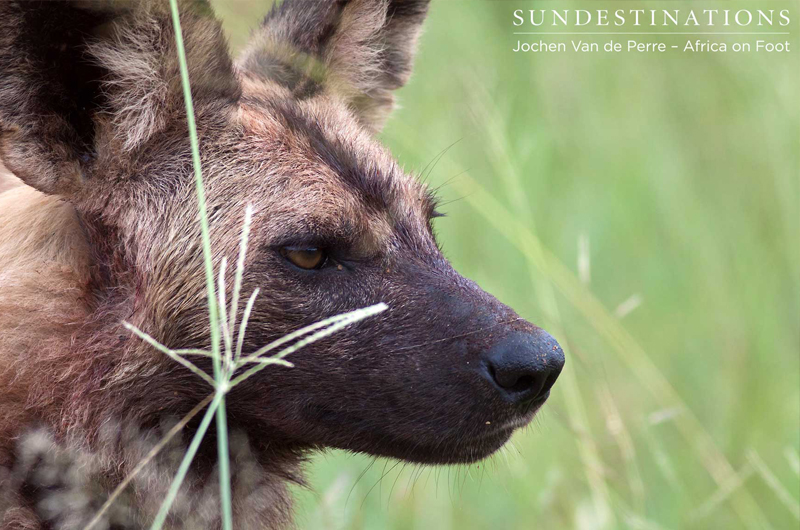
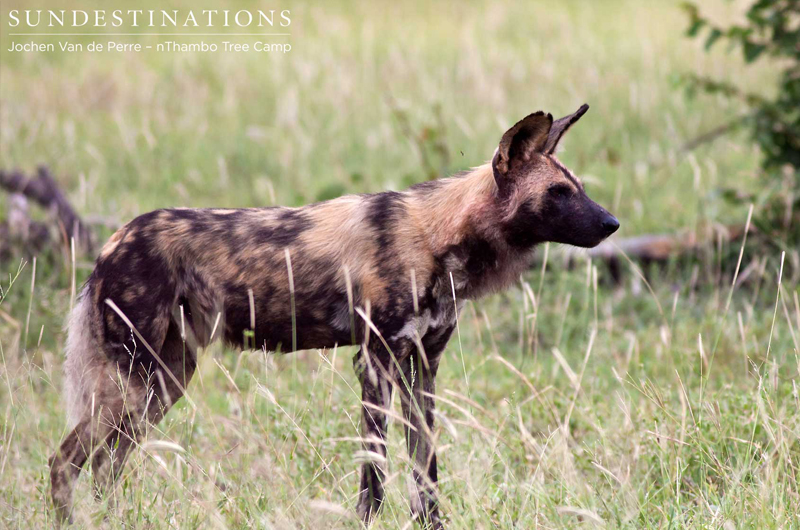
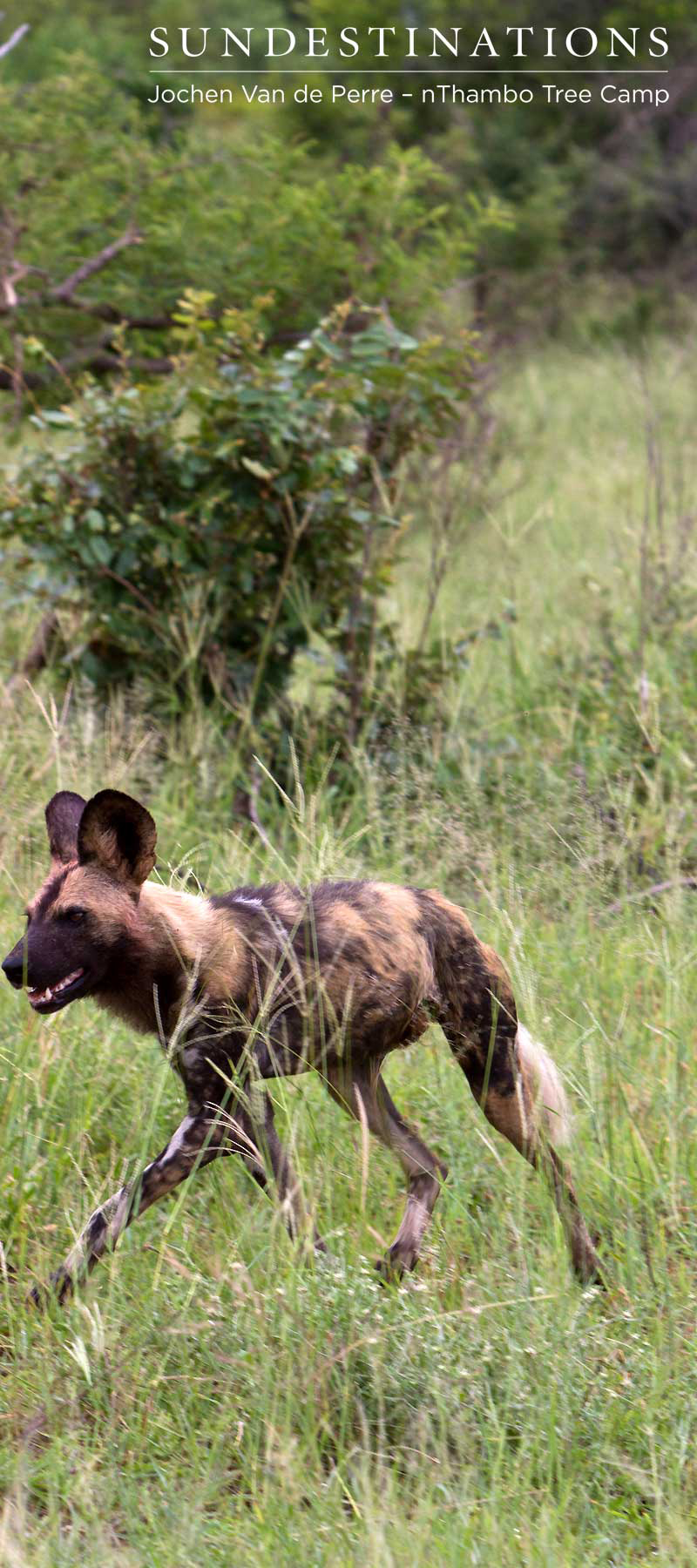
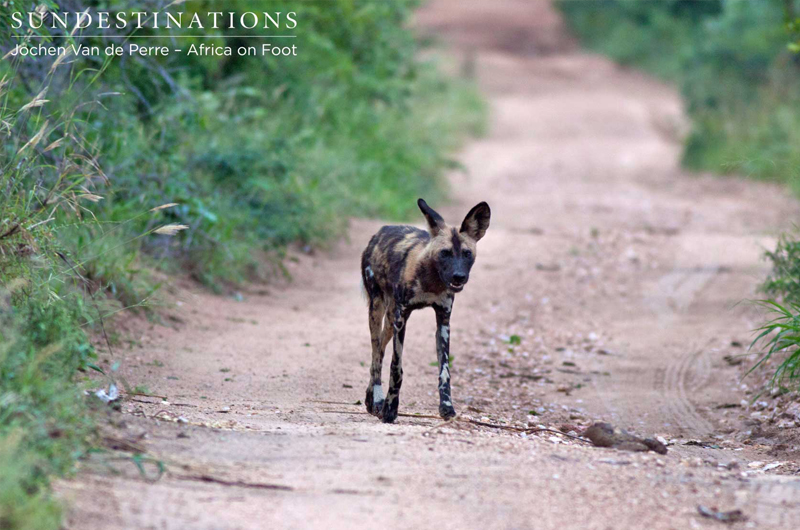
Leave a Comment